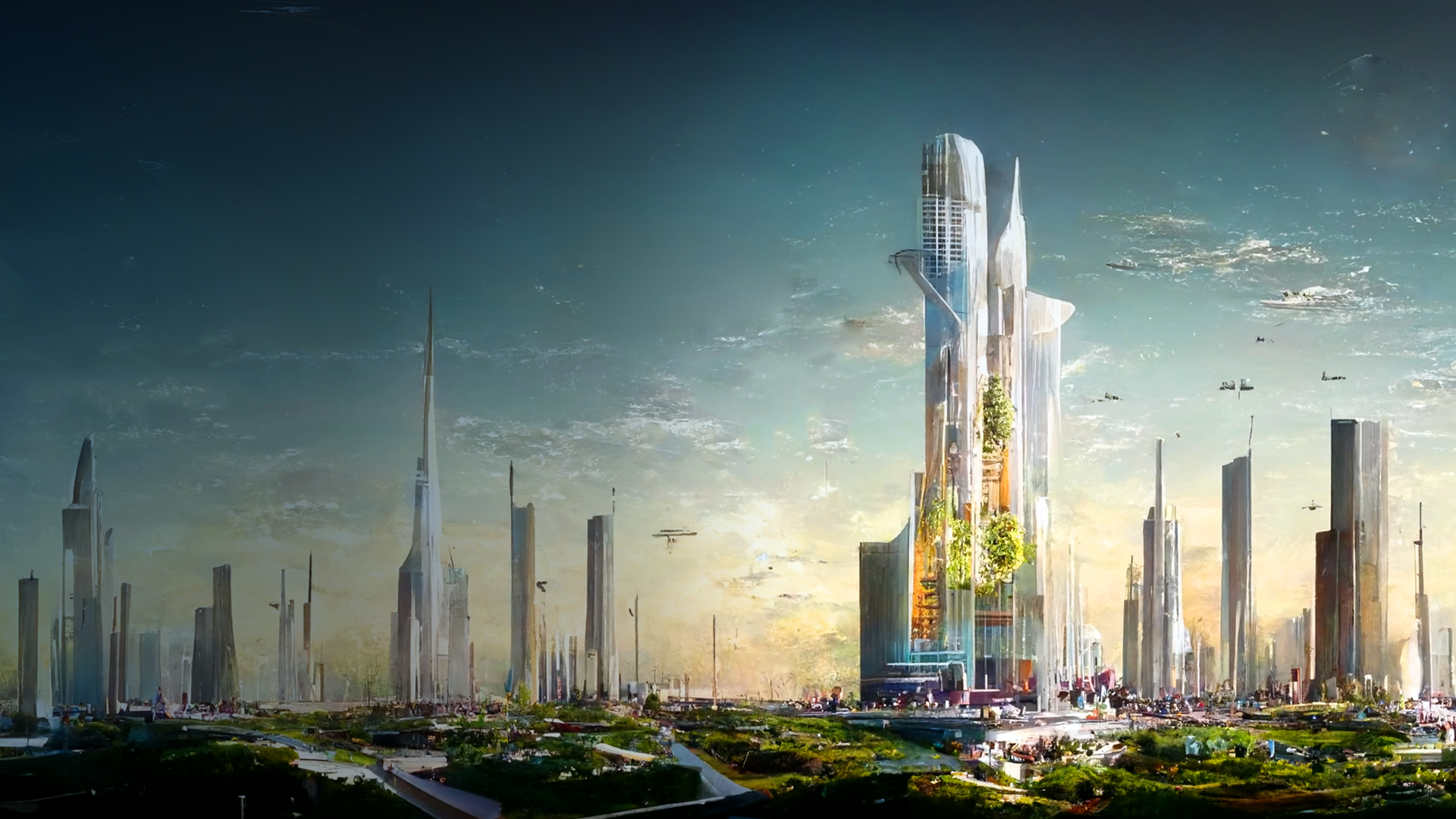5 Quick Tips for Developing Your Strategic Imagination
Imagination is important in research and development because it allows people to come up with new ideas and think creatively about how to solve problems. This type of creative thinking is a skill that can help researchers and developers generate unique solutions to challenges, and can also help them think long and wide to come up with ideas that might not have occurred to them otherwise.
A strategic imagination refers to the ability to think creatively and critically when solving problems, exploring new frontiers, and designing your future. To develop innovative strategies and plans that can help an organization to achieve its goals involves looking beyond the present and considering the potential implications of current trends and developments, as well as anticipating future challenges and opportunities. Start with these important concepts and actions:
Prepare for disruption and ambiguity. The first step in developing a strategic imagination is to define the problem or challenge you are trying to solve. Or another approach is to start with a vision of where you want to be in 1, 5, or 10 years, then “backcast” the problems or barriers that will probably get in your way. As you progress, you will discover challenges you never thought of before, so you will train yourself to see with a wider vision; to disrupt your safe patterns of thinking with more ambiguous tactics. This will help you focus your efforts and ensure that you are directed towards a specific goal.
Gather information. Once you have defined the problem or vision, gather as much information as possible about it. This can include researching existing solutions, talking to experts in the field, and soliciting input from stakeholders. Most importantly, observe as much as you can and without judgment. You need data before you can interpret the intelligence or actionable information.
Ideas, ideas, ideas. The best way to get a great idea is to have lots of ideas. With a clear understanding of the problem and the information you have gathered, the next step is to generate as many ideas as possible for potential solutions. This can involve brainstorming sessions with a team, using lateral thinking techniques, or seeking inspiration from unrelated fields or industries. Make absurd connections.
Validate ideas with failure. Once you have a list of potential solutions, the next step is to evaluate and prioritize them. This can involve considering factors such as feasibility, impact, and alignment with your overall goals. You are not trying to prove that your idea is “right”, but your purpose is to always be discovering how your ideas are wrong.
Develop a plan of action. With a clear understanding of the most promising solutions, the final step is to develop a plan of action. This can involve identifying the resources and steps needed to implement the solution, as well as any potential risks or challenges that may arise. Start with telling a story to your team. Communicate the process through a narrative that allows your colleagues or partners to relate as main characters and watch their responses. Ask for their feedback. Many times, the best research can be a conversation.
These are just the basics, the groundwork for growing your practice in strategic imagination. Remember that it is never “finished” and always iterating. Goals don’t always have to be for ‘leveling up'.’ Sometimes lateral positioning to new perspectives and different scenarios prove just as enlightening and inspiring.
Prepare to be disrupted. Get comfortable with ambiguity. Uncertainty is latitude, chance and possibility. A strategic imagination finds opportunity in uncertainty. Developing it involves a combination of gathering and synthesizing information, generating creative ideas, evaluating and prioritizing those ideas, and implementing the best solutions. By following this process, you can develop a clear and actionable plan to face any challenge and problem.

